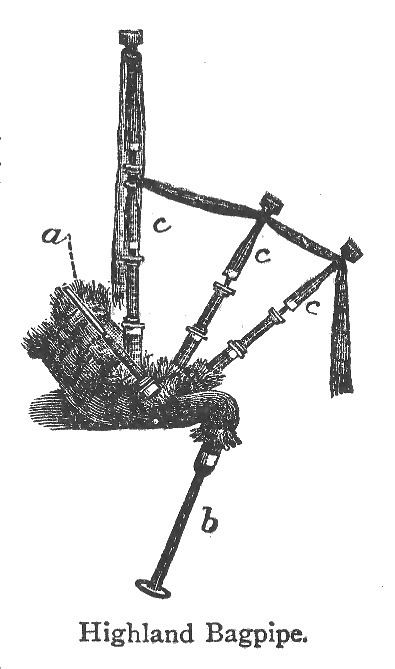 | ||
In mathematics, the bagpipe theorem of Nyikos (1984) describes the structure of the connected (but possibly non-paracompact) ω-bounded surfaces by showing that they are "bagpipes": the connected sum of a compact "bag" with several "long pipes".
Statement
A space is called ω-bounded if the closure of every countable set is compact. For example, the half-open long line is ω-bounded but not compact. When restricted to a metric space ω-boundedness is equivalent to compactness.
The bagpipe theorem states that every ω-bounded connected surface is the connected sum of a compact connected surface and a finite number of long pipes. A long pipe is roughly an increasing union of ω1 copies of the half-open cylinder S1×[0,∞). There are 2ℵ1 different isomorphism classes of long pipes. Two examples of long pipes are the product of a circle with a long line (long at one end), and the "long plane" (a product of two long lines which are long at both ends) with a disk removed.
There are many examples of surfaces that are not ω-bounded, such as the Prüfer manifold.
